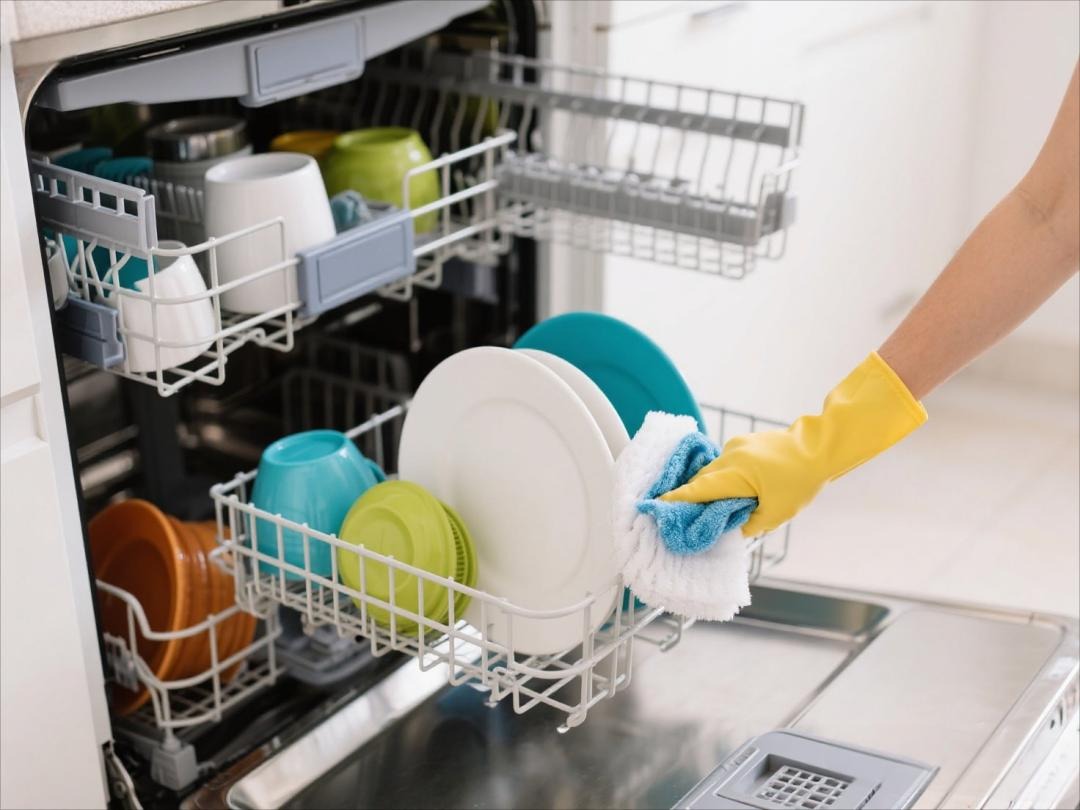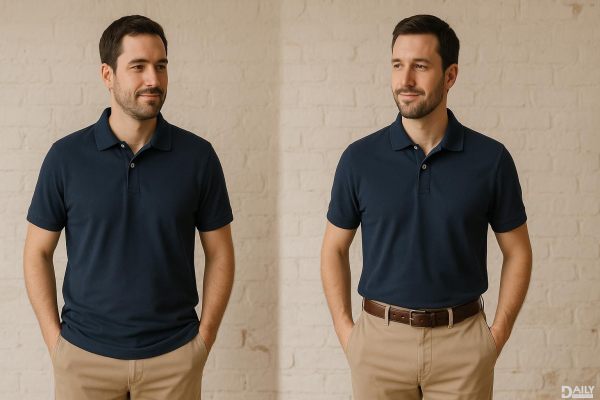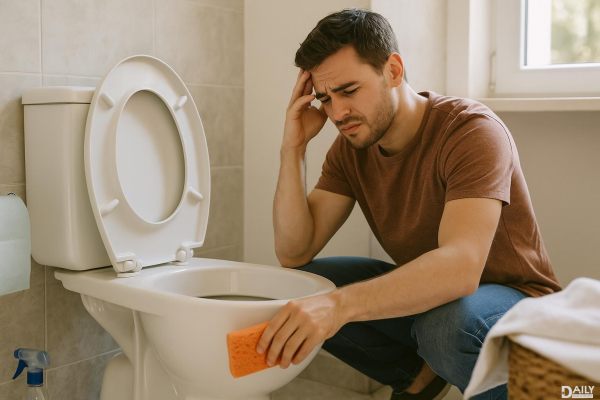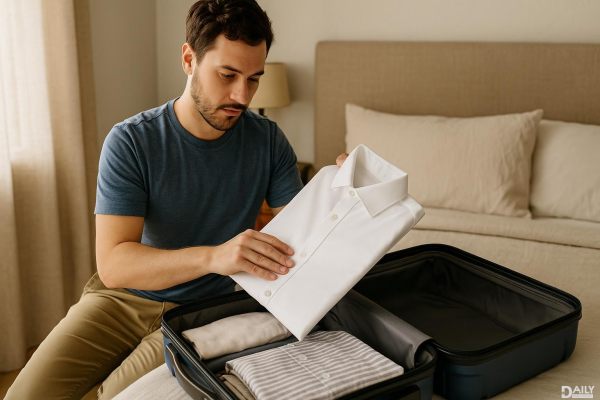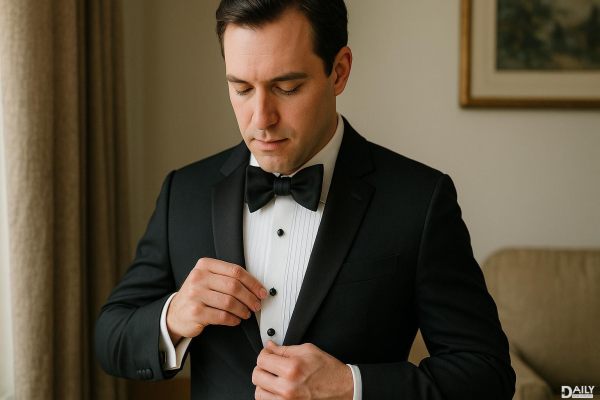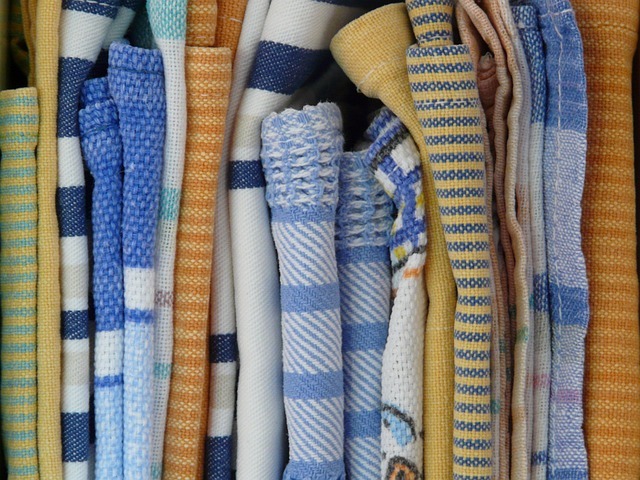When it comes to fashion and health, the belt debate is real. Should you strap one on or let your pants hang loose? The answer isn’t as straightforward as you might think. While belts can add a polished look to your outfit, they can also impact your posture, digestion, and even comfort. On the flip side, going belt-free might feel liberating, but it could lead to saggy pants and a less structured appearance. So, what’s the best choice for your health and style? Let’s break it down.
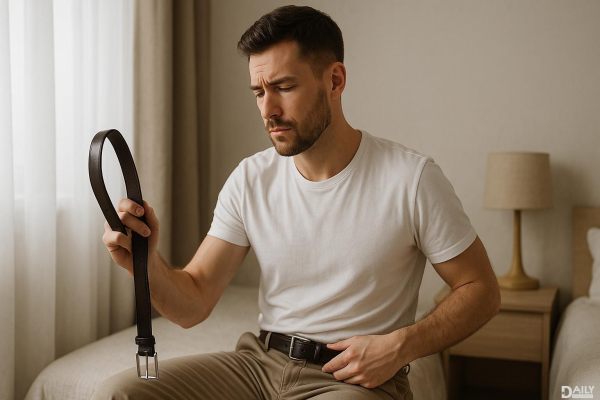
Belts have been a wardrobe staple for decades, and for good reason. They’re not just a fashion accessory—they serve a practical purpose. A well-fitted belt can keep your pants in place, preventing them from sliding down and causing that awkward mid-day adjustment. But beyond the style factor, belts can also support your posture. When worn correctly, a belt can encourage you to engage your core muscles, promoting better alignment and reducing strain on your lower back. Plus, let’s be real, a sleek belt can elevate even the most basic outfit, giving you that put-together vibe.
While belts can be a game-changer for style and posture, they’re not without their drawbacks. Wearing a belt that’s too tight can lead to a host of health issues. For starters, it can restrict blood flow and compress your abdomen, potentially causing discomfort or even digestive problems like bloating or acid reflux. Over time, a tight belt can also contribute to poor posture if it forces you to slouch or lean forward. And let’s not forget the dreaded “belt bulge”—that unflattering muffin top that can make even the most confident person feel self-conscious. So, if you’re going to rock a belt, make sure it’s snug but not suffocating.
If belts feel like a straightjacket for your waist, going belt-free might be the move for you. Ditching the belt can give you a sense of freedom and comfort, especially if you’re spending long hours sitting or moving around. Without the constriction of a belt, your body can move more naturally, and you’re less likely to experience digestive discomfort. Plus, let’s face it, there’s something effortlessly cool about a belt-free look. It’s casual, laid-back, and perfect for those days when you just want to keep it simple. However, the downside is that your pants might not stay put, leading to constant adjustments and a less polished appearance.
If you’re torn between the belt and no-belt camps, there’s a middle ground worth exploring. Consider alternatives like suspenders, elastic waistbands, or even adjustable drawstrings. These options can provide the support and structure of a belt without the tightness or discomfort. Suspenders, for example, distribute the weight of your pants more evenly, reducing pressure on your waist. Elastic waistbands offer flexibility and comfort, making them ideal for active lifestyles. And drawstrings give you the freedom to adjust the fit as needed, ensuring you stay comfortable throughout the day. These alternatives can be a game-changer for both your health and style.
If you decide that belts are your jam, it’s crucial to choose the right one for your body. Start by selecting a belt that fits properly—it should be snug enough to keep your pants in place but not so tight that it digs into your skin. Opt for materials that are flexible and breathable, like leather or fabric, to avoid discomfort. Pay attention to the width of the belt as well; wider belts can provide more support but may feel bulky, while narrower belts are sleeker but offer less structure. And don’t forget to adjust your belt throughout the day if needed—your body changes as you move, and your belt should adapt accordingly.
Belts can play a surprising role in your posture and core strength. When worn correctly, a belt can act as a gentle reminder to engage your core muscles, which can improve your overall alignment and reduce strain on your lower back. However, relying too heavily on a belt can have the opposite effect. If you’re constantly tightening your belt to compensate for poor posture, you might end up weakening your core muscles over time. To get the most out of your belt, use it as a tool to support your posture, not as a crutch. Pair it with exercises that strengthen your core, like planks or Pilates, to maintain a healthy balance.
There are times when going belt-free is the smarter choice. If you’re heading to a yoga class, going for a run, or just lounging at home, a belt might feel unnecessary and restrictive. Similarly, if you’re wearing high-waisted pants or a fitted skirt, you might not need a belt to keep your outfit in place. And let’s not forget about formal occasions—some suits and dresses are designed to be worn without a belt, so skipping it can actually enhance your look. The key is to assess the situation and choose what feels right for your body and style in the moment.
So, belt or no belt? The answer ultimately depends on your personal preferences, lifestyle, and health needs. Whether you’re a die-hard belt enthusiast or a belt-free rebel, the most important thing is to prioritize comfort and confidence. After all, the best accessory you can wear is a smile—belt optional.
